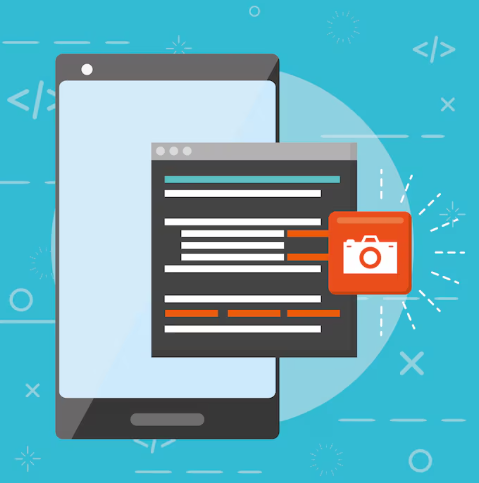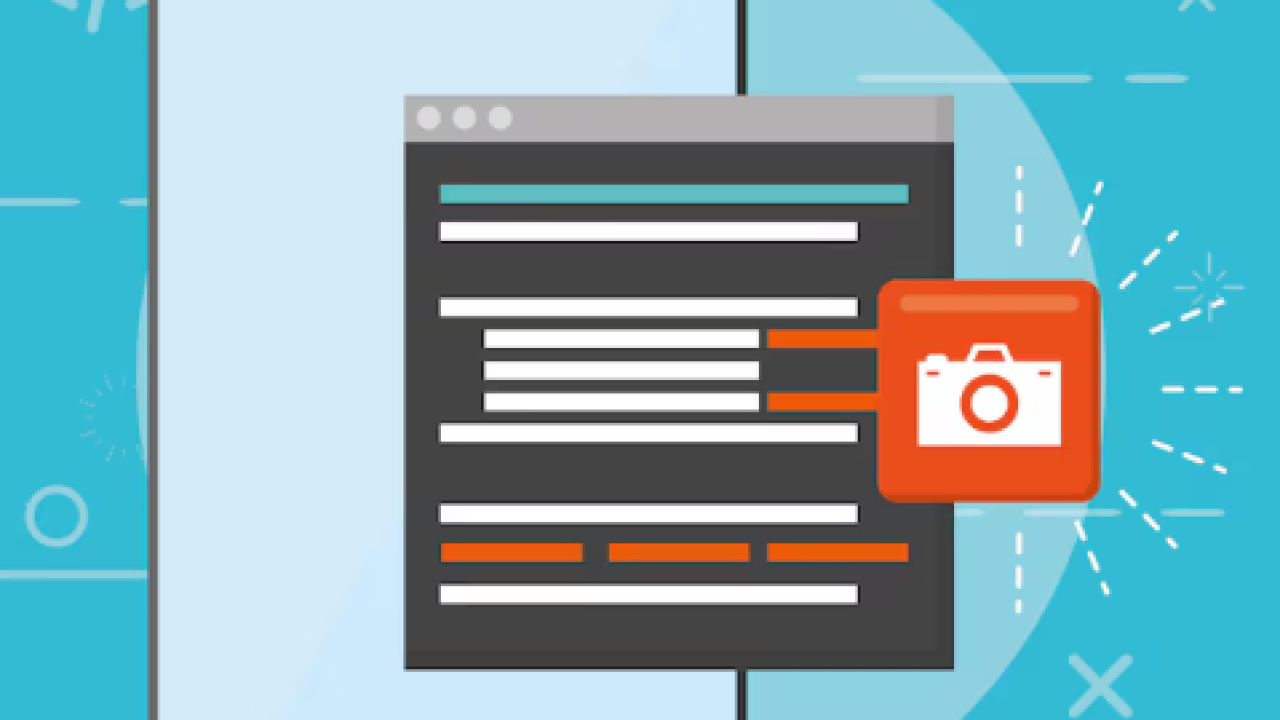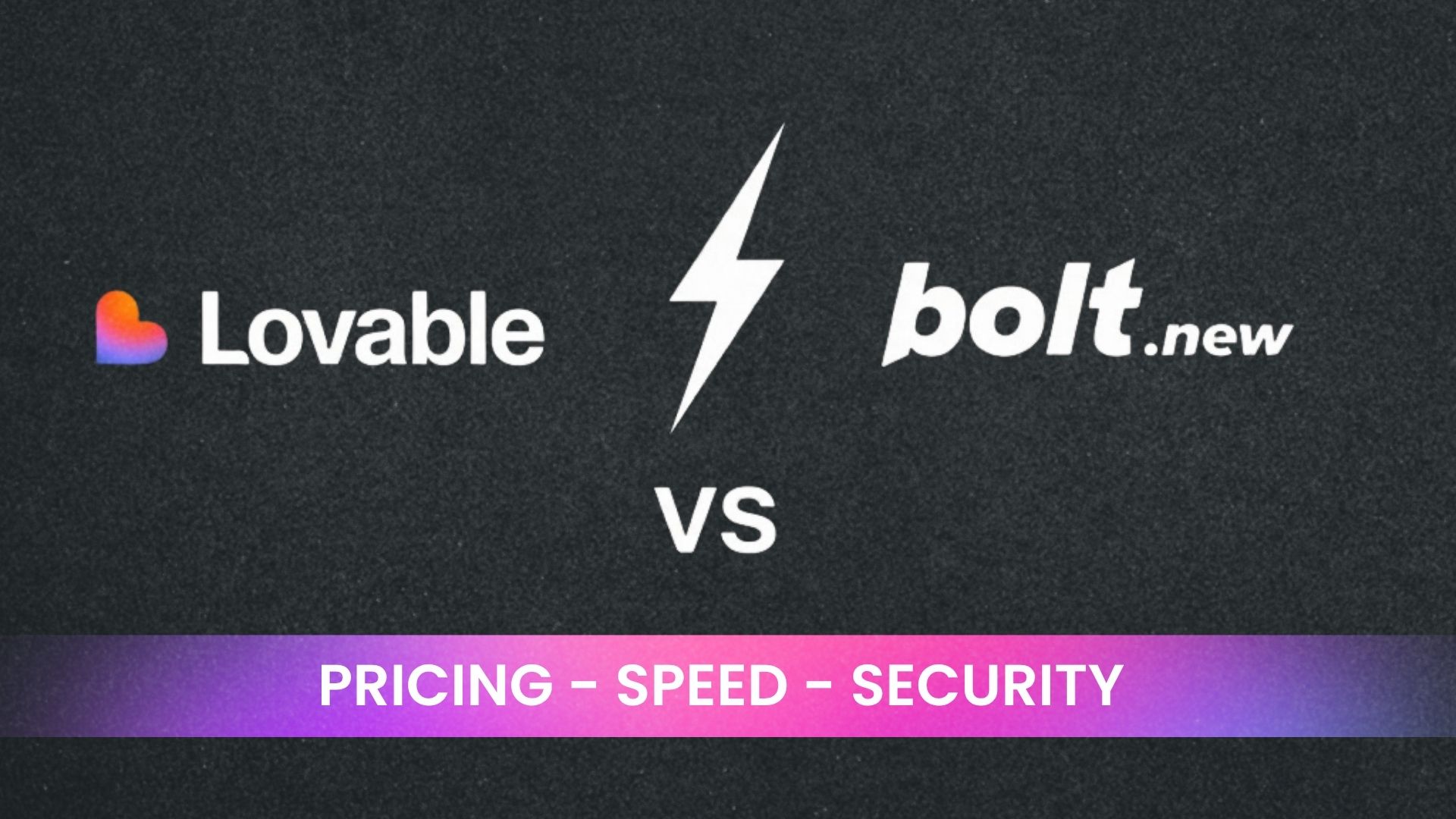
Unraveling the ‘Blank HTML’ Mystery: What This Error Means for You
Understanding the Frustration of a Blank Screen
There are few things as unsettling in our digital lives as staring at a blank screen. One moment you expect an application, content, or a webpage to load seamlessly. The next, you’re met with an empty void. This sudden halt can trigger immediate frustration. “It feels like hitting a brick wall,” many users describe. This isn’t just a minor glitch; it represents a complete disruption. Your work, your entertainment, or even a simple task comes to an abrupt stop without warning. It’s an unwelcome reminder that even powerful technology can falter unexpectedly.
This feeling of helplessness often escalates when the exact cause is unknown. You might wonder, ‘Is it my internet? Is the application broken? Did I do something wrong?’ A blank screen isn’t just a minor annoyance; it can actively hinder your productivity and digital workflow. “When your tools don’t work, neither do you.” This common issue, often symptomatic of underlying technical glitches like those involving file provider caches, can leave you feeling locked out of your own digital space. It’s an immediate barrier, turning routine tasks into puzzling roadblocks and wasting precious time and effort.
Launch Your App Today
Ready to launch? Skip the tech stress. Describe, Build, Launch in three simple steps.
BuildWhy This Specific Error Message Appears
This specific error, displaying a “blank HTML” page, directly indicates AppBlock FileProvider Cache Issues. The `FileProvider` itself is a system component. It often works as part of an application or a security extension. Its main job is to manage file access or mediate content display on your device. Think of it as a gatekeeper for certain resources. For quick operations, this system uses a local cache. This cache stores temporary data. If this cache gets corrupted, the system cannot find the information it needs.
The “blank HTML” symptom appears when the `FileProvider` cannot load or show web content. This failure usually stems from corrupted cache files or stale data inside the cache. Imagine a torn map. The system tries to build the page but finds only garbage. “When the cached data is invalid, the component simply cannot display the proper page.” This problem often points to issues with data integrity. It prevents the app or system from showing any visual content, leaving you with an empty screen.
Our Guide’s Promise: Clarity and Practical Solutions
Encountering the dreaded ‘blank HTML’ page or seeing nothing at all can be incredibly frustrating. This common issue often points directly to underlying AppBlock FileProvider Cache Issues. Our guide promises to strip away the technical jargon that often surrounds these problems. We explain exactly *what* these errors mean for you and your system. You will gain a clear, actionable understanding of the root causes. “This clarity is your crucial first step towards a lasting solution, transforming confusion into confident control.” We break down complex concepts into simple, digestible insights, ensuring you grasp the ‘why’ before the ‘how’.
Beyond merely understanding the problem, our primary focus is on providing real, practical solutions. We offer clear, step-by-step instructions meticulously designed for *everyone*. You absolutely do not need deep technical expertise to follow along and succeed. Each solution shared is carefully researched, tested, and proven effective in real-world scenarios. “We empower you to confidently tackle and resolve these persistent AppBlock FileProvider cache issues yourself.” Our ultimate aim is to get your applications and files working smoothly, ensuring less downtime and more productivity. Trust us to guide you to a hassle-free digital experience.
Breaking Down ‘content://cz.mobilesoft.appblock/fileprovider_cache_blank_html’
‘content://’: The Gateway to App Data
The `content://` prefix is a cornerstone of how Android applications handle data. It’s distinctly different from a web address or a direct file path you might find on a computer. Instead, `content://` signals a request to an Android Content Provider. “This specialized URI scheme provides a secure, standardized gateway for apps to share their internal app data with other applications or the Android system itself.” It offers carefully controlled access, ensuring sensitive information remains protected yet shareable when authorized.
“This robust system, built around Content Providers, is vital for secure data sharing within the Android ecosystem.” A Content Provider acts as an essential intermediary. It meticulously manages how apps access structured data, regardless of whether it’s stored in a database or local files. For example, when an app displays images from your gallery, it uses a `content://` URI to query the MediaStore Content Provider. This powerful mechanism prevents direct file system access, greatly enhancing both security and user privacy, which is key when resolving issues like the AppBlock FileProvider cache.
‘cz.mobilesoft.appblock’: Identifying the App and Developer
The string `’cz.mobilesoft.appblock’` might look like technical jargon, but it holds vital clues. This is an Android package name, a unique identifier for an application on the Android platform. Similar to a website URL, its structure ensures no two apps have the exact same identifier. The initial segment, `cz.mobilesoft`, specifically identifies the developer behind the application. In this instance, “cz” typically denotes the Czech Republic, suggesting the developer “Mobilesoft” is based there. “This convention helps distinguish applications from different creators.” It is a foundational element in Android’s system for managing apps.
Following the developer prefix, the `appblock` component clearly points to the specific application in question: AppBlock. This popular productivity tool helps users manage distractions and block access to certain apps or websites. “Knowing this package name is crucial for troubleshooting ‘AppBlock FileProvider Cache Issues’.” It confirms that any issues you encounter, like a mysterious blank page, are directly linked to the AppBlock application itself, allowing you to narrow down your troubleshooting to the correct software. Understanding this naming convention is the very first step towards resolving your problem.
‘fileprovider_cache’: Understanding Secure File Sharing and Temporary Storage
The `fileprovider_cache` segment in the AppBlock path refers directly to Android’s FileProvider mechanism. This crucial component is designed for secure file sharing between different applications. Instead of providing a direct file path, which can pose significant security risks, FileProvider creates a temporary, content-based URI. This URI grants specific, limited permissions for another app to access a particular file. “It’s a foundational security feature, preventing issues like `FileUriExposedException` and ensuring data privacy across your device.” This approach is vital for protecting sensitive user data and maintaining system integrity within the Android ecosystem.
The ‘cache’ part of `fileprovider_cache` specifically indicates a form of temporary storage. When AppBlock needs to display dynamic content, such as an HTML page generated on the fly, it doesn’t store this permanently in a universally accessible location. Instead, it places it in a designated temporary area, accessible only via its FileProvider. This ensures that the data is available for immediate viewing but is not persistently exposed or stored after its purpose is served. “This ephemeral nature is key to both security and efficient resource management,” as it prevents clutter and unauthorized access to transient information provided by the app.
‘blank_html’: The Symptom of a Deeper Issue
The term ‘blank_html‘ might seem technical, but it simply describes what you see: an empty, unpopulated web view. This isn’t an error code itself. Instead, it’s the direct visual symptom when AppBlock tries to display content but finds nothing there. Think of it like opening a book and finding all its pages completely blank. “It signifies that the intended content, which should be dynamic and informative, is entirely absent.” This lack of content points directly to deeper underlying problems within the app’s cache system or its interaction with your device.
This empty state is a crucial clue, not the problem itself. It tells us that AppBlock’s attempt to access or render a specific file failed. The actual issue could stem from several sources. Perhaps the cached HTML file itself is corrupted or missing from the device. Maybe file permissions are incorrectly set, blocking AppBlock’s access. Or, the internal file path AppBlock is trying to use is simply wrong. “Resolving ‘blank_html’ means investigating the source of this content delivery failure, not just repainting the blank canvas.” Pinpointing the true cause is key to a lasting fix for your AppBlock FileProvider cache issues.
Pinpointing the Problem: Core Causes Behind the Blank HTML Error
Corrupted Cache Data: The Most Frequent Offender
Often, the most common culprit behind those frustrating blank HTML errors with AppBlock FileProvider cache issues is simply corrupted cache data. Your app’s cache acts as a speedy temporary storage area. It holds pre-loaded information, like page layouts or frequently accessed data, to ensure a faster user experience. When this stored data becomes damaged, incomplete, or incorrectly formatted, the system struggles to interpret it. Instead of displaying the expected content, “the AppBlock FileProvider delivers an empty, unreadable page.” This fundamental breakdown makes corrupted cache data a primary suspect.
This data corruption isn’t always obvious but stems from several common scenarios. Sudden power outages, unexpected system shutdowns, or even software crashes can interrupt the critical process of writing data to the cache. If a file isn’t fully saved or is written with errors, it becomes unreadable. Furthermore, minor glitches within the AppBlock FileProvider itself can occasionally lead to integrity issues in the cache. When the application tries to pull information from these broken files, it encounters a void, resulting in that perplexing empty screen. This makes corrupted cache data undeniably the most frequent offender.
App Permissions and Access Restrictions: Missing Keys to Content
AppBlock’s FileProvider component requires specific operating system permissions to function correctly. Without these crucial access rights, the application cannot read from or write to its designated cache directory. This often happens due to overly restrictive security settings, recent system updates that reset permissions, or even third-party security software. “When AppBlock lacks the necessary keys to its own content vault, the result is typically a frustrating blank HTML error.” This means essential data remains inaccessible, leaving you with an empty display.
These missing or revoked app permissions directly hinder the FileProvider’s ability to interact with cached data. It might be blocked from fetching previously stored webpage elements or, equally important, from writing new cache files after a successful block or unblock action. “Insufficient permissions are a primary culprit behind the ‘mysterious blank page’ AppBlock users sometimes encounter.” This systemic bottleneck in AppBlock FileProvider cache issues prevents the rendering of any visible information, explaining why users see an empty screen instead of expected content.
App Conflicts and Third-Party Interferences
Often, the mysterious blank HTML page isn’t AppBlock’s fault directly. Instead, it stems from conflicts with other software running on your system. Applications designed for aggressive system optimization, enhanced security, or even other cloud synchronization services can inadvertently interfere. They might aggressively monitor file access, network connections, or background processes, disrupting the AppBlock FileProvider cache operations. This clash prevents AppBlock from correctly rendering its intended content, leading to the dreaded empty screen.
Consider how overzealous antivirus programs or strict firewalls might wrongly flag AppBlock’s legitimate processes. They could block its access to necessary files or network resources, especially those related to its FileProvider cache. Similarly, certain VPN clients, network proxies, or even other cloud-based file providers can create unexpected competition for file system access. This can lead to data corruption or an inability to write to the cache. “Such third-party interferences are a common culprit behind the persistent blank page, as they directly halt AppBlock’s ability to retrieve or display crucial data.” Identifying and adjusting these conflicting applications is vital for resolving these frustrating AppBlock FileProvider cache issues.
Outdated App Versions or Android System Bugs
Sometimes, your blank HTML error stems from an outdated AppBlock application version. Developers release updates regularly. These fix bugs and improve performance. They also ensure compatibility with newer Android system changes. An old version might not interact correctly. This causes internal conflicts or data handling errors. Such issues often appear as stubborn AppBlock FileProvider cache issues. “Always use the latest AppBlock app version for troubleshooting.” This often resolves many mysterious display glitches.
Beyond the app, the Android operating system can also be a culprit. Android, like any complex software, has its own system bugs. These bugs might impact how apps access or manage files. This happens via the `FileProvider` interface. Such an OS glitch could interfere with AppBlock’s content display. This causes the dreaded empty screen. Google and device manufacturers push Android system updates. These updates address vulnerabilities and improve stability. “Keeping your Android OS up-to-date is vital for preventing these elusive problems.”
Practical Solutions: How to Fix the Blank HTML Error
Clearing the Cache: A First Line of Defense
Clearing your application’s cache often serves as the most effective initial troubleshooting step for many software glitches. The cache stores temporary data, speeding up app performance by reducing load times. However, this stored information can become corrupted or outdated over time. When your AppBlock FileProvider cache becomes problematic, it might manifest as the frustrating “blank HTML error” or “mysterious blank page” you are experiencing. “Resetting this temporary data is crucial for restoring proper functionality and is frequently the simplest fix.” It ensures the application starts fresh, free from any old, bad data hindering its operation.
To clear the AppBlock FileProvider cache, navigate to your device’s application settings. Find the specific app and look for options like “Storage” or “Cache.” You will typically see a “Clear Cache” button. Tapping this option safely removes the temporary files without deleting your personal settings or data within the application. This action often resolves the blank page issue by forcing the app to rebuild its cached data correctly. It’s a quick, non-destructive method, and frequently all that’s needed to get your `AppBlock FileProvider` working smoothly again.
Checking and Adjusting App Permissions
Incorrect app permissions are a common culprit for the “blank HTML error” you might encounter. AppBlock, like any other application, requires specific access rights to operate smoothly, especially concerning its FileProvider cache. If AppBlock cannot properly read from or write to the designated cache location, the system struggles to display content. “This lack of necessary storage access often results in data display failures and a mysterious blank page.” Sometimes, system updates or security software can inadvertently alter these critical settings, restricting AppBlock’s ability to manage its cache effectively.
To resolve these cache issues, you must verify AppBlock’s permissions. Navigate to your operating system’s app settings. On Windows, go to “Settings” > “Apps” > “Apps & features,” locate “AppBlock,” and select “Advanced options” or “Permissions.” Here, ensure that AppBlock has been granted full read and write access to its data and cache directories. “Granting AppBlock the correct file permissions is a vital step in restoring proper functionality and preventing future display problems.” Restarting AppBlock after adjusting permissions can solidify the changes.
Reinstalling the AppBlock Application Safely
Reinstalling AppBlock can often resolve persistent issues like the blank HTML error or deep-seated FileProvider cache problems. This step is especially effective when corrupted installation files or complex configuration glitches are suspected. Before proceeding, it’s wise to backup any custom block lists or unique settings you’ve created within AppBlock. To ensure a truly clean reinstallation, first uninstall AppBlock completely through your operating system’s settings (e.g., Windows Control Panel or macOS Applications folder). “It’s crucial to also manually check for and delete any leftover folders or registry entries associated with AppBlock in your AppData or ProgramData directories to prevent old, corrupted data from interfering.”
Once you’ve completely uninstalled the application and removed residual files, download the latest version of AppBlock exclusively from its official website. Avoid third-party download sites to guarantee authenticity and prevent potential malware or outdated versions. Run the installer as an administrator and carefully follow the on-screen prompts. After the installation completes, a system restart is often beneficial. “Verify that the FileProvider cache issues are resolved and the blank HTML error no longer appears, confirming a successful, fresh start for AppBlock.” This meticulous approach ensures the application operates with a pristine set of files.
Updating Your Android System and AppBlock Itself
Often, the simplest solution for a mysterious blank page or AppBlock FileProvider cache issues is ensuring your applications are current. App developers regularly release updates to fix bugs, improve performance, and enhance compatibility with newer Android versions. “Many blank HTML errors related to cached data are resolved simply by installing the latest AppBlock version from the Google Play Store.” This ensures you benefit from the most recent fixes, directly addressing common AppBlock glitches.
Equally vital is keeping your Android system itself updated. System updates bring critical security patches, performance enhancements, and improvements to core components like the `FileProvider` framework. Navigate to your device’s Settings, then “System” and “System update” to install available patches. “A fully updated Android environment and AppBlock app work in harmony to prevent these frustrating blank screens by resolving underlying conflicts.” This proactive approach is a cornerstone of effective troubleshooting.
Maintaining a Healthy App Environment: Proactive Steps
Regular Cache Management and Device Hygiene
For optimal device performance, regular cache management is key. Apps, including AppBlock, store temporary data called cache. This data helps them run faster. However, too much or corrupted cache can cause problems. It often leads to slowdowns, errors, or even specific AppBlock FileProvider cache issues. “Clearing your device’s cache regularly is a simple, powerful step for smooth operation.” This action frees up storage space. It also ensures your apps use fresh, clean data. This proactive approach prevents many common glitches before they even begin. Consider clearing caches monthly or when you see performance drops.
Beyond simple cache clearing, comprehensive device hygiene plays a crucial role. This means regularly reviewing your installed applications. Uninstall any apps you no longer use. Unused apps consume resources, clutter your system, and can contribute to overall instability. Keeping your operating system and all applications updated is equally vital. Updates often include critical bug fixes and performance enhancements. “A well-maintained device, free of digital clutter and running current software, significantly reduces the likelihood of encountering persistent errors like the AppBlock FileProvider cache problem.” This holistic approach ensures a resilient and high-performing digital environment.
Understanding and Managing App Permissions
“App permissions” are simply authorizations an application requests to access specific parts of your device or data. Think of them as gatekeepers. For instance, an app might need access to your camera to take photos, or your storage to save files. Granting too many unnecessary permissions can create security risks. It can also lead to conflicts or contribute to issues like AppBlock FileProvider cache problems. Understanding these requests is crucial for system stability and preventing performance hiccups.
Regularly reviewing and managing these permissions is a vital proactive step. Navigate to your device’s settings – whether on Apple iOS or Google Android – and check the permissions for each installed application. “Always grant only the permissions absolutely necessary for an app to function.” For example, a basic calculator app typically does not need access to your precise location. Restricting unnecessary access enhances your privacy and reduces the chances of system conflicts. This proactive approach helps maintain a lean, secure, and healthy app environment.
Staying Updated: The Importance of Software Patches
Software patches are vital for a healthy app environment. They are not just about adding new features. Often, patches fix critical security vulnerabilities. These weaknesses could let malicious actors access your system. For instance, major operating systems like Windows and macOS frequently release updates to patch newly discovered exploits. “Staying updated ensures your data remains secure and your system stays protected against emerging threats.” Always prioritize installing recommended updates.
Beyond security, software updates bring significant performance improvements and crucial bug fixes. An outdated application might run slowly or crash unexpectedly. These patches refine existing code, making your apps more efficient and reliable. Many AppBlock FileProvider cache issues, for example, can stem from underlying software bugs. “Regularly updating your operating system and all installed applications can prevent many common problems.” This proactive step minimizes disruptions and keeps your digital workspace running smoothly.
When to Seek Expert Help: Connecting with the AppBlock Community
Sometimes, even the most diligent troubleshooting efforts fall short. You might encounter AppBlock FileProvider cache issues that seem unique or resistant to common fixes. When you’ve meticulously followed standard procedures—like clearing your device’s cache or reinstalling the application—and the problem persists, it’s a strong indicator. “This is precisely when you’ve moved beyond general troubleshooting and need specialized insights.” Don’t struggle alone with persistent, unusual errors. Knowing when to elevate your query is a key part of maintaining a healthy app environment. Your time is valuable, and complex issues benefit from collective expertise.
Connecting with the AppBlock community is your next vital step for resolution. Many app ecosystems, including AppBlock, foster active user communities on platforms like official forums, dedicated subreddits, or support channels. Here, you’ll find users and sometimes even developers who understand intricate technical details. Share your specific problem clearly, including all steps you’ve already taken. “Leveraging this collective wisdom can often pinpoint unique solutions or alert developers to widespread issues.” This collaboration provides fresh perspectives and proven workarounds. Remember, you’re not alone in tackling these challenges; thousands of users benefit from shared knowledge daily.
Launch Your App Today
Ready to launch? Skip the tech stress. Describe, Build, Launch in three simple steps.
Build




